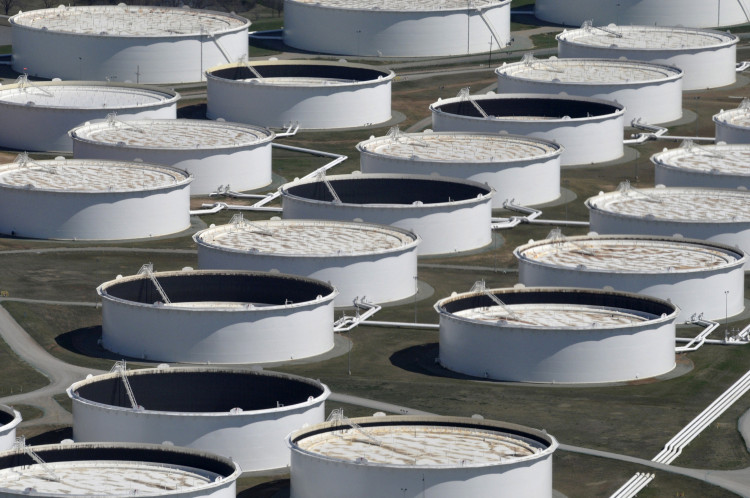Oil prices gained modestly in thin trading on Monday as investors looked ahead to key economic data from China and the United States, the world's two largest oil consumers, to assess prospects for future demand. The market's optimism was underpinned by recent signs of strong consumption and expectations for economic growth in 2025.
Brent crude futures rose by 20 cents to $74.37 a barrel by midday in London, while U.S. West Texas Intermediate (WTI) crude gained 27 cents to $70.87 a barrel. The more active March contract for Brent was priced at $74.00 per barrel, reflecting an increase of 21 cents.
Traders are closely watching the release of China's Purchasing Managers Index (PMI) factory surveys on Tuesday and the U.S. Institute for Supply Management (ISM) survey for December, due Friday, for insights into industrial activity and economic momentum.
Demand Recovery in Focus
Despite holiday-shortened trading volumes, the oil market showed resilience, with prices buoyed by a larger-than-expected drawdown in U.S. crude inventories last week. The Energy Information Administration (EIA) reported that U.S. commercial crude oil inventories fell by approximately 4.2 million barrels in the week ending December 20, significantly outpacing market expectations of a 700,000-barrel draw. The decrease reflects robust demand driven by refiners ramping up activity and higher fuel consumption during the holiday season.
Optimism about China's economic recovery also supported prices. Chinese authorities recently announced a record issuance of 3 trillion yuan ($411 billion) in special treasury bonds for 2025, aimed at stimulating growth. The World Bank has revised its forecasts for China's economic expansion in 2024 and 2025, though it cautioned that challenges in the property sector and subdued consumer confidence may linger.
"Global oil consumption reached an all-time high in 2024 despite China underperforming expectations," said Ryan Fitzmaurice, senior commodity strategist at Marex. "Heading into next year, oil stockpiles remain at relatively low levels, and China's recent stimulus measures are expected to take hold, potentially boosting demand."
Market Uncertainty Lingers
While the outlook for demand appears positive, uncertainties persist on both the supply and demand sides. U.S. President-elect Donald Trump, set to take office on January 20, has introduced elements of unpredictability in global markets. Additionally, capacity constraints at U.S. refineries are expected to decrease production by 108,000 barrels per day in the first week of January, according to research firm IIR Energy.
On the supply side, geopolitical factors and OPEC's production strategies could influence market dynamics. Analysts are also monitoring potential changes in interest rates in the U.S. and other major economies, which could impact global consumption trends.






